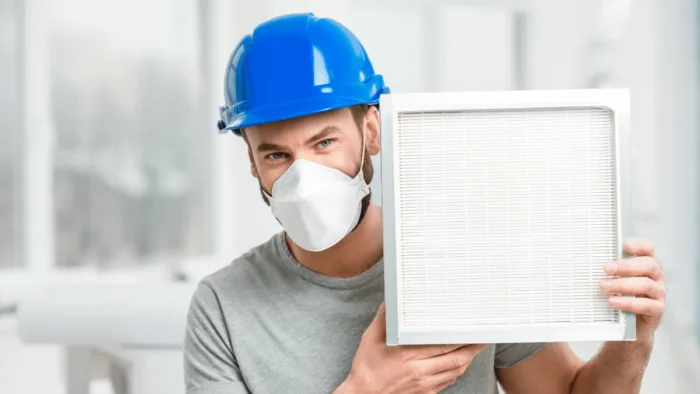The significance of air filtration systems becomes more and more clear as we become more conscious of the air quality in our residences and workplaces. Understanding how these systems support a healthy and comfortable environment is crucial, given the presence of pollutants, allergies, and other hazardous particles in our air. From HVAC filters to portable air purifiers, a range of filtration options are available for different spaces and purposes.
In this blog post, we’ll look closer at air filtration systems and their importance. We’ll explore the different types of air filters available and highlight some of the key factors to consider when choosing the right one for your home or workplace. For example, 20x20x4 air filter sizes can vary and should be selected based on the size of a space, while higher MERV ratings indicate more powerful filtration capabilities. Keep reading to learn more about air filtration systems and how they can help keep your indoor environment clean and safe.
Overview of Air Filtration Systems
Air filtration systems play a critical role in creating a healthy indoor environment by removing toxins and pollutants from the air. They can help alleviate respiratory issues, reduce allergies, and prevent illness by removing bacteria, viruses, and other harmful particles from the air. These systems can be used in various settings, including homes, offices, hospitals, and schools, to enhance indoor air quality. They capture particles through filter media such as mechanical filters, electrostatic precipitators, and gas-phase filters.
Related: Optimizing HVAC Efficiency: How Valve and Damper Actuators Save Energy
Different Types of Air Filtration Systems
When it comes to choosing the right air filtration system for your space, it’s important to know the differences between the various types. The three main types of of these systems are mechanical, electrostatic, and hybrid.
Mechanical filtration captures airborne particles as they pass through a filter, while electrostatic filtration uses an electronic charge to attract and capture particles.
Hybrid filtration, on the other side, combines these two approaches to offer a more comprehensive solution.
Considerations When Choosing an Air Filtration System
When it comes to selecting an air filtration system, there are a number of factors to consider.
- Firstly, you should assess the size of the space you want to purify. This will help you determine the required capacity of the unit. It’s important to note that larger units are not always necessary for small rooms, and conversely, smaller units may be insufficient for larger spaces.
- Additionally, it’s important to consider the type of filter you require. HEPA filters are an effective option for removing small particles from the air, but they may not be the best choice for removing odors or volatile organic compounds (VOCs). Some of these systems come with a variety of filter options that can be switched out depending on your needs.
- Furthermore, it’s important to consider the noise level of the system. Some units can be quite loud and may not be suitable for use in a bedroom or other sensitive areas.
- Finally, you should also consider the cost of the system, as well as any ongoing maintenance or replacement filter costs.
In Conclusion
Air filtration systems play a crucial role in maintaining healthy indoor air quality by filtering out toxins and pollutants. A properly functioning filtration system can reduce the risk of health problems, boost productivity and create a comfortable environment for building occupants. Choosing the right air filtration system can be challenging, but consulting a qualified HVAC professional can help ensure that you select the appropriate one for your specific needs.
With the increasing demand for indoor air quality, investing in a quality air filtration system is a worthwhile investment that can ultimately lead to a healthier and happier living or working space.





